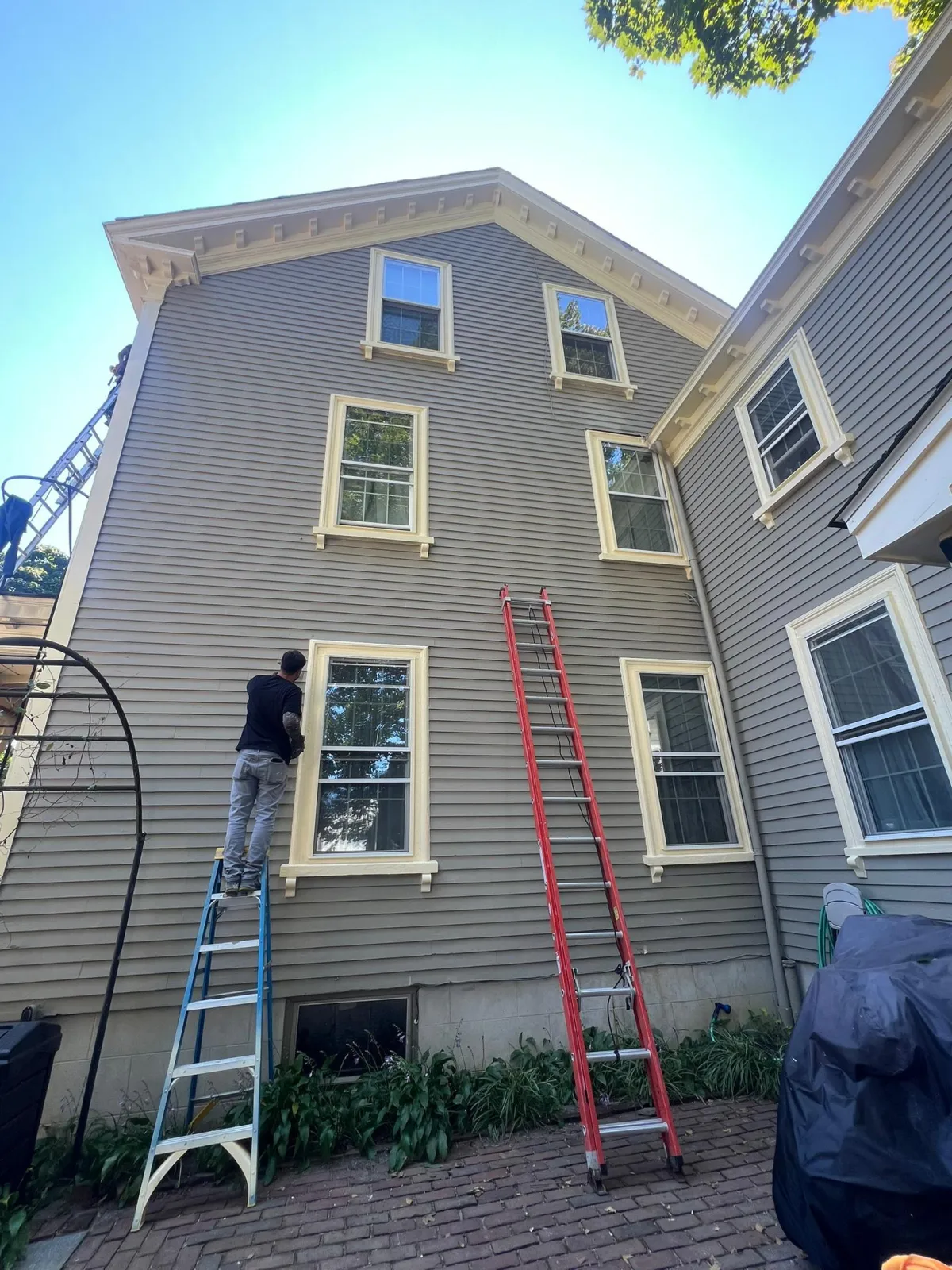
Best paint for steel buildings and how to paint?
Steel buildings are known for their durability and strength—but that doesn’t mean they’re maintenance-free. Over time, exposure to weather, UV rays, and corrosion can wear down the surface. The solution? A high-quality coat of paint designed for metal.
Whether you're upgrading the look of your warehouse, workshop, or storage facility, this guide will show you how to paint a steel building, what products to use, and how to get results that last.
Can you paint a steel building?
Yes! Painting a steel building is not only possible—it’s often necessary. Over time, even factory-coated steel can fade, rust, or peel. Repainting helps to:
Prevent corrosion
Improve energy efficiency (with reflective coatings)
Enhance curb appeal
Extend the life of the structure
With the right materials and prep, painting a steel building is a smart, cost-effective investment.
What is the best paint for steel buildings?
The best paint for steel buildings is one that offers long-lasting protection and adhesion. Some of the most commonly recommended options include:
Acrylic latex paint: Great for general use, weather-resistant, and flexible.
Oil-based alkyd paint: Excellent for rust-prone areas; provides strong adhesion.
Direct-to-metal (DTM) coatings: Designed to bond directly to steel surfaces without a primer (in some cases).
Epoxy or polyurethane coatings: Ideal for industrial-grade protection and chemical resistance.
Tip: Always choose a product labeled for “metal” or “steel” surfaces, and consider one with UV resistance if the building is exposed to constant sunlight.
How to paint a steel building? Step by step
Step 1: Inspect and clean the surface
Check for rust, peeling paint, and dirt. Power wash the building with water and mild detergent to remove grime. Let it dry completely before the next step.
💡 Tip: Use a degreaser or rust remover on problem areas to prevent future flaking.
Step 2: Remove rust and old paint
Use a wire brush, sandpaper, or grinder to eliminate rust and loose paint. A clean, slightly rough surface will help new paint adhere properly.
💡 Tip: Focus on joints and seams where moisture tends to collect.
Step 3: Apply primer (If needed)
Some paints require a metal primer, especially over bare steel or rusted areas. Use a rust-inhibiting metal primer for the best results.
💡 Tip: Use a sprayer for large buildings—it saves time and ensures even coverage.
Step 4: Apply the paint
Choose a high-quality exterior metal paint. Apply at least two coats, allowing full drying time between layers. Use rollers, brushes, or airless sprayers, depending on the surface and size.
💡 Tip: Avoid painting on extremely hot, cold, or humid days to prevent bubbling or uneven drying.
Step 5: Finish with a protective topcoat (Optional)
For extra durability, especially in high-exposure areas, consider a UV-resistant topcoat or sealant.
💡 Tip: This is especially helpful for coastal or industrial environments.
FAQ's: Steel building paint
What paint will stick to steel?
Paints labeled “direct-to-metal” (DTM) or formulated with rust-inhibitors and primers will bond best to steel. Acrylic latex and epoxy-based paints are also strong options.
Can you paint directly on steel?
Yes, but only if the steel is clean, dry, and rust-free. In most cases, a primer is recommended to improve adhesion and prevent corrosion.
What paint stays on steel?
High-quality exterior acrylics, epoxies, and oil-based paints designed for metal will provide the longest-lasting finish. Always check the label for “metal/steel-compatible” specifications.
Looking for steel building paint? Contact Pessotti Construction
At Pessotti Construction, we specialize in metal building painting and restoration for commercial and industrial properties. Whether you need a touch-up or a full repaint, our team is equipped to deliver professional, lasting results.
✅ Free estimates
✅ Quality materials and coatings
✅ Experienced with warehouses, garages, and steel structures
Contact us today to schedule your project or request a quote.
